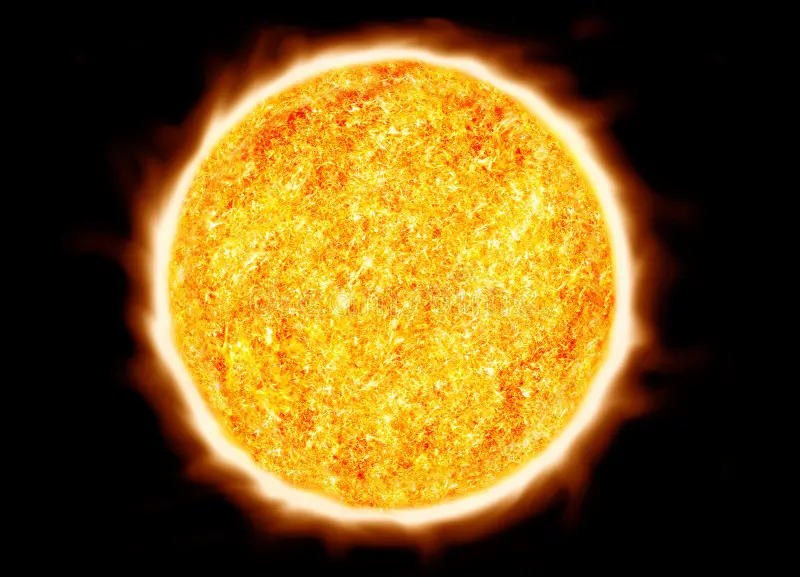As cities get hotter and weather more extreme, solar energy is making infrastructure more resistant to the impact of climate change.
This past year saw hurricanes, tornados, and floods across the world in areas you would least expect it. As a result, cities across the world were knocked off power grids and forced to deal with extreme weather without power. Solar power could be changing that reality.
Some nations, like with leaders in Central and Eastern Europe, have implemented increasingly more infrastructure to support renewable needs. However, these weather disasters are increasing and with it, the demand for more diverse and comprehensive power grids.
Of all major U.S. power outages from 2000 to 2023, 80% were due to weather. Solar panels are built to mitigate these weather-related outages, with most certified to handle winds up to 150 mph.
“Power outages are a growing problem nationally,” Nina Flores, a doctoral student at Columbia University studying New York outages told Bloomberg.
Experts predict outages will increase as greenhouse gas emissions rise. As a sustainable and decentralized energy source, solar power offers multiple advantages that can help communities better withstand and recover from extreme weather.
Cities Impacted by Failing Power Grids
For Americans, one of the most memorable examples of climate disaster impacting the power grid, happened in Texas during an unprecedented winter. Three severe storms swept the state leaving over 4.5 million homes and businesses without power. At least 246 people were killed.
With a heavy reliance on power reliant on fossil fuels, the state fell into crisis. Texas is not alone in these weather disasters. Cape Town saw droughts, Australia dealt with wildfires, South Asia flooded, and fires destroyed communities in Hawaii. More often than not nations are dealing with the ramifications of climate change but might not have the infrastructure to combat it.
Diversifying the grid with renewables will give countries the ability to mitigate these disasters and better support their communities.
Enhancing Grid Resilience with Solar and Storage
The integration of battery storage systems remains a key advancement in solar technology. Solar panels combined with energy efficient batteries allow for the storage of excess energy generated during sunny periods. So, when a city is overcome with difficult weather, power can still electrify homes and businesses.
This storage is crucial for critical infrastructure such as hospitals, emergency shelters, and governmental agencies, ensuring they remain operational even when the grid is compromised.
“Solar will power the future,” Julia Lejeune, CEO of Photovolt Development Partners, a developer that delivers utility-scale photovoltaic grids, told Food and Energy Trends. “We are seeing now the impact of carbon emissions. It’s apparent through every natural disaster that strikes. Solar not only helps when these issues arise but provides clean energy that can prevent these conditions in the first place.”
Creating Stability Through Grid Diversification
Solar projects happen on all scales of operation, but many nations are turning towards utility-scale solar projects to support their communities. The projects often comprise multiple installations across a wide area. This provides a form of diversified energy generation.
The distribution reduces the overall vulnerability of the power supply to localized extreme weather events. If a storm or natural disaster impacts one solar farm, others will supply and maintain grid stability. This significantly reduces the risk of widespread outages during extreme weather events because of its enhanced diversification of energy resources.
The Way Forward
Mitigating the consequences of climate change is increasingly important for governments that invest money into infrastructure, just to watch it destroyed. Experts believe that solar will help prevent the impact of that destruction.
“Climate change will continue to wreak havoc on our environment,” Lejeune said. “We now have to assess what we can do to lessen those consequences.”














